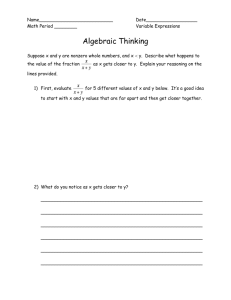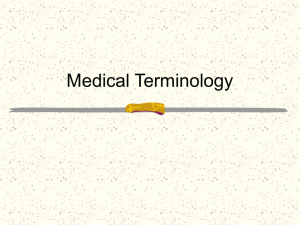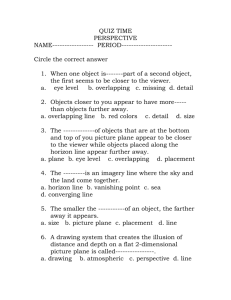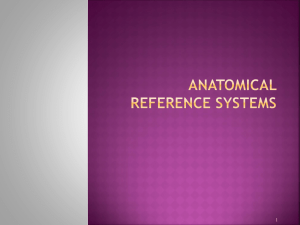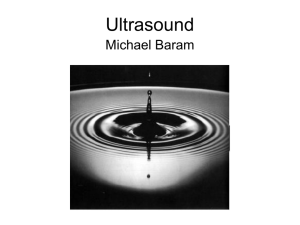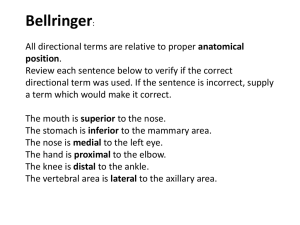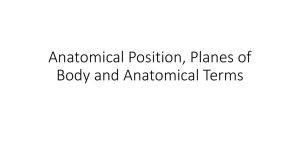Planes of Motion / Directional Movement Anatomical Terms
advertisement
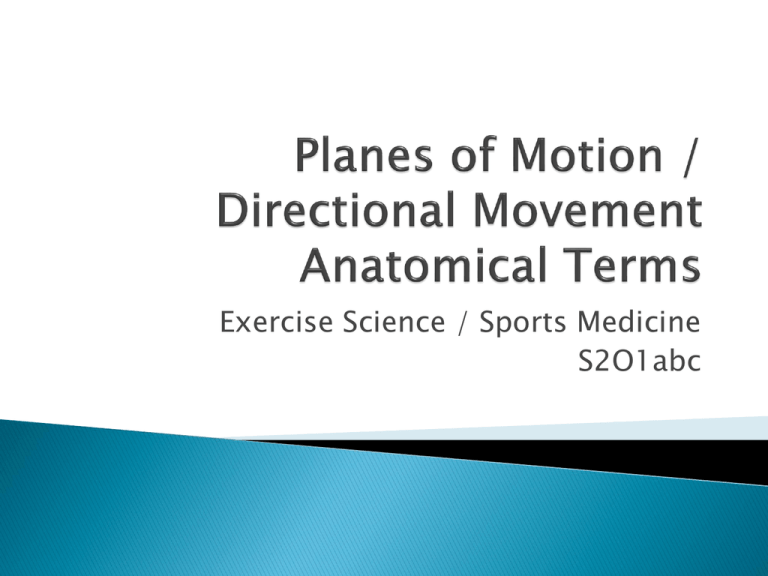
Exercise Science / Sports Medicine S2O1abc Anatomical Position – Standing upright, feet together or slightly apart, arms hanging but not touching the sides, with palms forward and thumbs pointing out. Why? The anatomical position is important because it’s the reference for all directional and movement terms. Sagittal Plane(s): Divide the body into right and left segments. Cardinal Plane: Divides the body into equal and portions. Midsagittal Plane: Cardinal Sagittal Plane Coronal / Frontal Plane(s)- Divide the body into front and back segments. Transverse / horizontal Plane(s)- Divides the Body into top and bottom segments. Center of Mass / Center of Gravity – The point at which all three cardinal planes intersect. Inferior-Refers to a structure being closer to the feet or lower than another structure in the body Superior-Refers to a structure being closer to the head or higher than another structure in the body Anterior-Refers to a structure being more in front than another structure in the body Posterior-Refers to a structure being more in back than another structure in the body Medial-Refers to a structure being closer to the midline or median plane of the body than another structure of the body Lateral-Refers to a structure being farther away from the midline than another structure of the body Distal-(Reference to the extremities only) Refers to a structure being further away from the root or attachment of the limb than another structure in the limb Proximal-(Reference to the extremities only) Refers to a structure being closer to the root of the limb than another structure in that limb Superficial-Refers to a structure being closer to the surface of the body than another structure Deep-Refers to a structure being closer to the core of the body than another structure Ventral-Towards the front or belly Dorsal- Towards the back Prone-Lying face down Supine-Lying face up Unilateral- pertaining to one side of the body Bilateral- pertaining to both sides of the body. Ipsilateral- movement of both upper and lower extremities on the same side. Contralateral-movement of opposite upper and lower body extremities.
